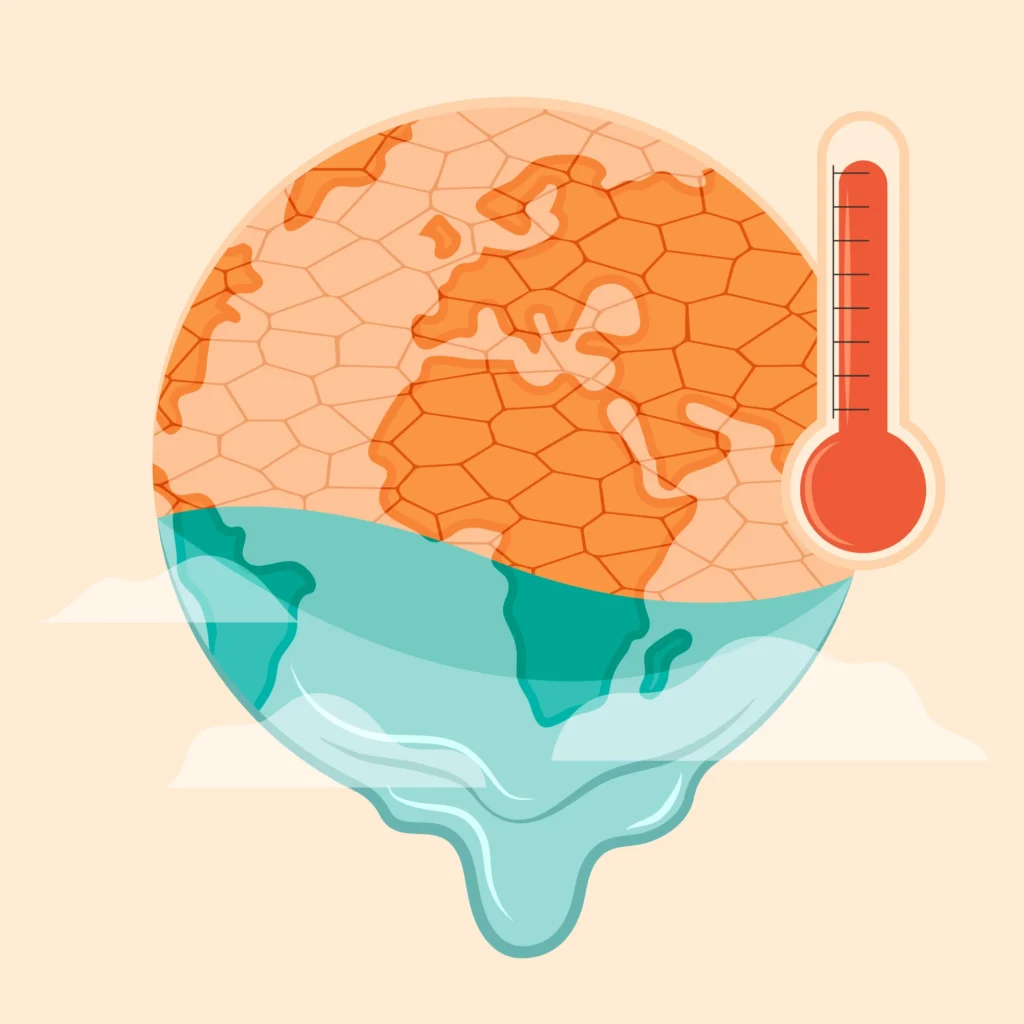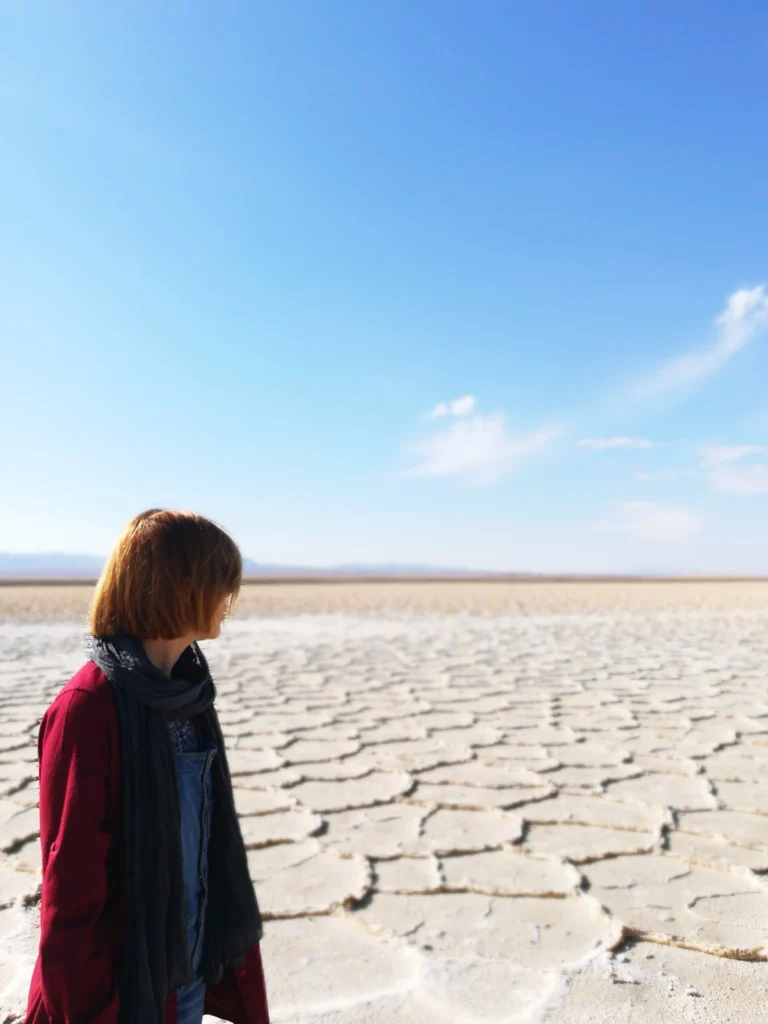Heatwaves
Heatwaves are becoming a defining feature of the 21st century. As global temperatures rise due to climate change, these periods of extreme heat are growing more frequent, intense, and prolonged. While no country is immune, some nations are disproportionately affected due to a combination of their geographic location, socioeconomic conditions, and limited resources. The consequences are far-reaching, impacting public health, agriculture, and infrastructure. Understanding which countries are at the forefront of this crisis is essential for developing effective global and local strategies to mitigate the damage and build resilience.

South and Southeast Asia: A Double Threat of Heat and Humidity
Countries in South and Southeast Asia, such as India, Pakistan, Bangladesh, and Myanmar, face a potent combination of high temperatures and extreme humidity. This combination creates a dangerous phenomenon known as “wet-bulb temperature,” which can be lethal as the body’s ability to cool itself through sweating is compromised. These regions are densely populated, with a large portion of the workforce engaged in strenuous outdoor labor, from farming to construction, making them incredibly vulnerable. Heatwaves lead to widespread health crises, including heatstroke and dehydration, and put immense strain on power grids as people rely on air conditioning to find relief. The agricultural sector, a cornerstone of these economies, suffers from crop failures and livestock deaths. The most impoverished communities, often living in inadequate housing with no access to cooling, bear the brunt of the suffering, highlighting a stark social inequality in the face of climate change.

The Middle East and North Africa: Arid Climates Under Extreme Pressure
The Middle East and North Africa (MENA) region is already one of the hottest places on Earth. Climate change is amplifying these conditions, pushing temperatures to unprecedented levels. Countries like Iraq, Iran, and Saudi Arabia regularly experience temperatures well above 45°C (113°F). The arid environment means that water scarcity is a constant and escalating issue, which heatwaves exacerbate by increasing evaporation and water demand for both human consumption and agriculture. This places immense pressure on already strained freshwater resources and can lead to severe droughts. The region’s reliance on fossil fuels for energy and its ongoing geopolitical conflicts further complicate efforts to adapt to this new reality, leaving millions of people in a precarious position. The urban heat island effect in sprawling cities also makes these areas particularly dangerous, trapping heat and making night-time temperatures unbearably high, preventing the body from recovering.
Northern Europe: Unprepared for the New Normal
While not traditionally associated with extreme heat, a surprising trend is emerging in Northern Europe. Countries in this region, such as Norway, Sweden, and Finland, are experiencing more frequent and intense heatwaves. Their infrastructure and societal norms are not built to withstand prolonged heat. Houses and public buildings often lack air conditioning or proper ventilation, as they were designed to retain heat. Emergency services and public health systems are ill-prepared for a surge in heat-related illnesses, which are unfamiliar to the local population. This lack of preparedness makes these countries particularly vulnerable to heat-related mortality and morbidity. The recent “truly unprecedented” heatwaves in this region, which have caused wildfires and disruptions to transportation, serve as a stark warning that even cooler climates are not safe from the impacts of climate change, and that vulnerability is as much about preparedness as it is about absolute temperature.

Vulnerability Beyond Geography: The Role of Socioeconomics
It’s not just about how hot a country gets; it’s also about its socioeconomic resilience—its ability to cope with and recover from a heat crisis. Countries identified as highly vulnerable to heatwaves often have a combination of high heat exposure and weak infrastructure, limited healthcare resources, and high levels of poverty. This includes nations like Afghanistan, Papua New Guinea, and those in Central America. In these places, a heatwave isn’t just a period of discomfort; it’s a potential humanitarian disaster that can exacerbate food insecurity, social instability, and public health emergencies. Vulnerable populations, including the elderly, children, and those with pre-existing health conditions, are at the greatest risk. The ability of a government to provide early warning systems, cooling centers, and emergency healthcare can make the difference between a minor inconvenience and a major tragedy. The global community must recognize that addressing heatwave vulnerability requires not only climate action but also investment in social and economic development in the most at-risk nations.

Conclusion
The reality is clear: heatwaves are no longer a peripheral concern but a central and growing threat to communities across the globe. From the highly populated, humid regions of South Asia to the arid heart of the Middle East, and even in historically cooler climates like Northern Europe, the world is feeling the heat. This crisis is not just about temperature readings; it’s about the very real impacts on human health, food security, economic stability, and social equity. The most vulnerable populations—the elderly, the poor, and outdoor workers—are hit the hardest, amplifying existing inequalities.
Moving forward, a multifaceted approach is essential. Mitigation efforts, which focus on reducing global greenhouse gas emissions, are the ultimate long-term solution. However, as the planet continues to warm, adaptation is equally critical. This means investing in early warning systems, designing heat-resilient urban infrastructure, and strengthening public health services to cope with heat-related illnesses. The challenge of heatwaves serves as a powerful reminder that climate change is not a distant problem; it is a present reality that demands immediate and sustained action. The future of a livable planet depends on our collective ability to prepare, adapt, and build a more resilient world for all.
Table of Contents
How Heatwaves Are Shaping the World in 2025: A Comprehensive Guide – trendsfocus